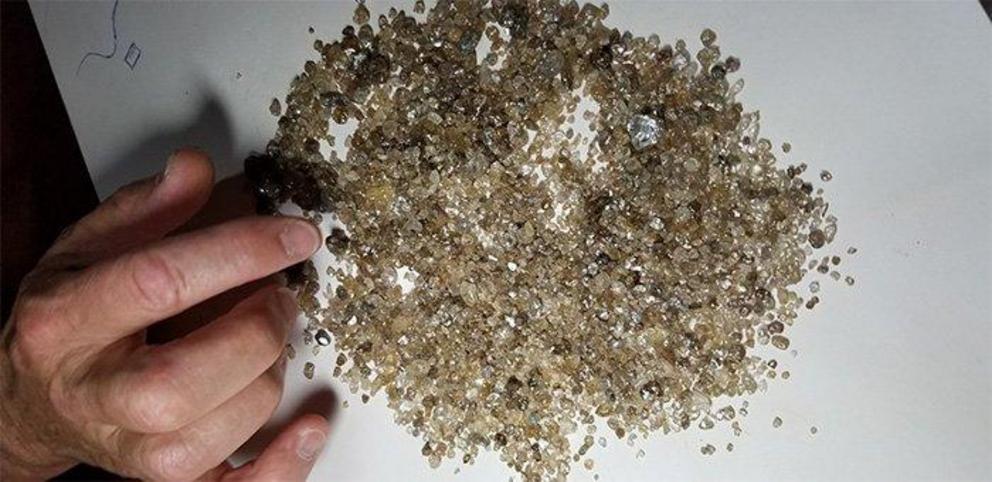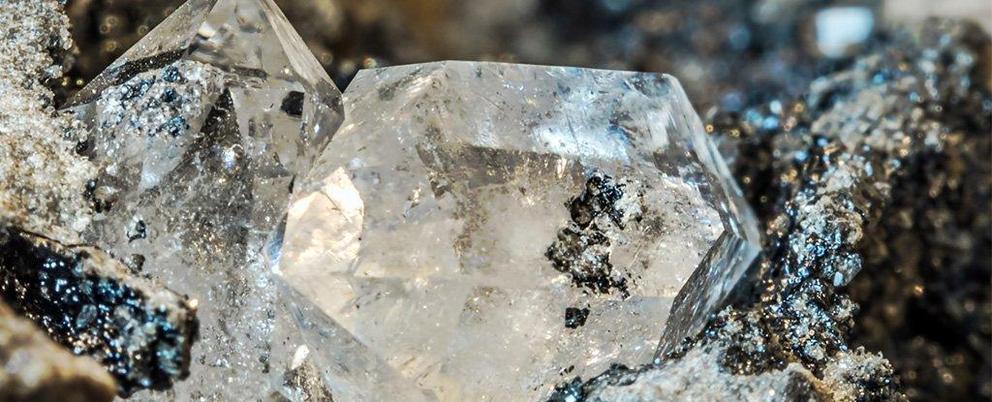'Super-deep' diamonds reveal vast reservoir of primordial magma as old as the moon
A careful inspection of super-deep diamonds has revealed what geologists have long suspected: Hiding somewhere in our planet's interior, there exists a vast reservoir of primordial magma, undisturbed for more than 4 billion years.
The location, the size and the contents of this ancient reservoir are still up for debate, but thanks to these diamonds, researchers are growing ever closer to what is probably the "oldest remaining" and "comparatively undisturbed" material on Earth.
"Diamonds are the hardest, most indestructible natural substance known, so they form a perfect time capsule that provides us a window into the deep Earth," says geochemist Suzette Timmerman from Australian National University.
Brought to the surface by violent volcanic eruptions, these tough gemstones are rare survivors in a foreign land. Recognisably different to diamonds formed at shallower depths, the deep diamonds are some of the only contact we have with our planet's deep interior.

Most of these are super-deep diamonds. (Graham Pearson)
Squeezed between Earth's crust and its super-heated core, our planet's mantle is unseen and vast, nearly impossible to study. Today, it is thought to be mostly solid, but geologists have long suspected that it might contain an isolated primordial soup that hasn't been 'turned over' in our planet's constant churning.
The idea was first proposed in the 1980s, when geologists noticed that volcanic lava had an unusually high ratio of helium 3 to helium 4 isotope. In fact, compared to all other material on Earth's surface, this ratio was remarkably similar to that of extremely old meteorites that had crashed to Earth.
This had scientists thinking that maybe this lava was coming from an isolated chemical reservoir, deep within our planet, that hadn't changed significantly since Earth's formation.
Recent studies have shown that this ancient helium signature is only carried to the surface by the hottest of hot spots here on Earth's surface. But with clues only present near volcanic activity, the actual origins of this material have remained a mystery.
Analysing 24 super-deep diamonds, found in the Juina region of Brazil, Timmerman and her team now claim to have found microscopic proof that such a primordial reservoir exists.
These diamonds contain trapped remnants of helium gas from a time that could even date back to before Earth and the Moon collided. This isotopic pattern, therefore, must have come from an ancient reservoir located somewhere at or below where these diamonds were created.
"My research is unique in that it gives the first direct depth constraints on where this primordial reservoir is located (more than 410 km depth), as we know the diamonds formed in the transition zone (410-660 km depth)," Timmerman told ScienceAlert over email.
Earth scientist Matthew Jackson from the University of California Santa Barbara has studied these ancient helium isotopes before, and after years of searching, he thinks the new finding is an important step forward.
"This is an interesting result, with a lot of potential to 'map out' where elevated 3He/4He domains are located in the Earth's deep interior," explains Jackson, who was not involved in the research.
"Helium can diffuse rapidly at mantle conditions, so it will be important to evaluate whether the ancient helium signature reflects compositions trapped at diamond-formation depths, or the composition of the host lava that transported to diamonds to the surface."
The findings have been published in Science.

